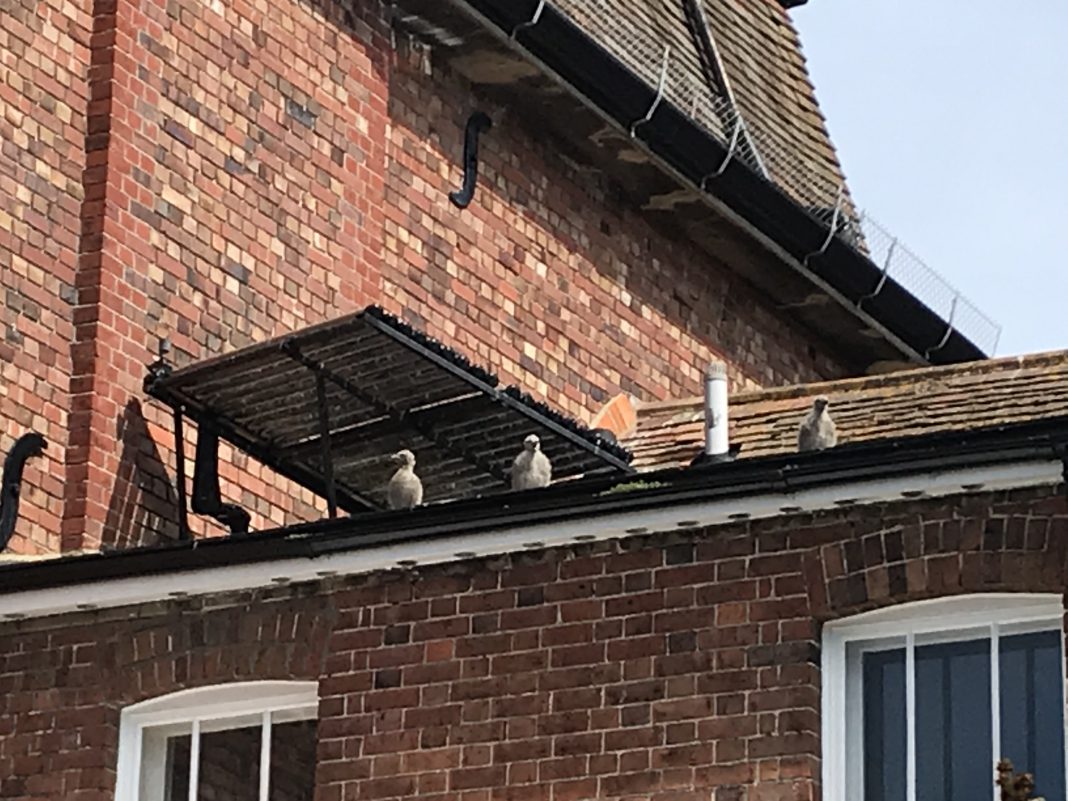So many things have come to a temporary halt at the moment, life in the fast lane doesn’t exist. And getting back to normality will never be the normal we all remembered. Change is inevitable, but there are still some constants.
The seasons will come and go, at some point all the surviving shops and businesses will re-open, activity and prosperity will return, tourists too and, before we know it, the Christmas sales will start.
Despite all that’s gone before us in recent months, one thing certainly hasn’t been affected by world events, the breeding cycle for our resident population of seagulls.
The slate and tiled roofs are like a kindergarten with young chicks in nests squeezed between chimney pots, in gutters and anywhere else able to support the spread of the ever increasing families of seagulls.

Apparently the gestation period for eggs to hatch is around three weeks and adult pairs may rear up to three broods over a breeding season, the season being between early April to the end of June. It’s little wonder that when walking in Rye, if you can’t see the chicks, you can certainly hear them shrieking from the rooftops in their relentless quest for food.
The chicks I see from my window are now about the size of small chickens, but grey and coverered in down, with the mothers never far away, usually “top of the pots”. The chicks practice their flying techniques by sliding down the slippery slate roofs which act as an ideal launching pad for these apprentice budding aeronauticals.
Love them or hate them, they are part of the furniture, and seem to be increasing in number despite the lack of tit bits normally available in every bin during the tourist season.
Image Credits: Nick Forman .





